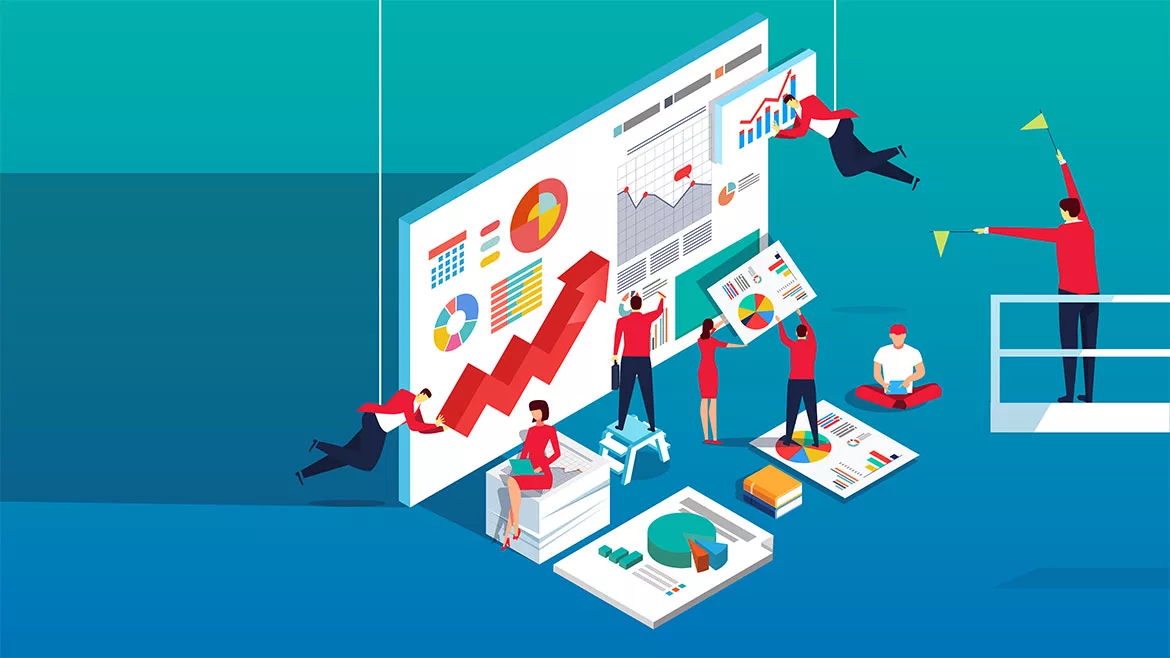The Blue Collar Coach | Kenny Chapman
Sustainable leadership for a sustainable industry

Image Source: z_wei / iStock / Getty Images Plus
In the home services trades, sustainability isn’t just about eco-friendly practices—it’s about building a business that lasts. Leaders who focus on sustainable leadership create companies that thrive through economic fluctuations, industry shifts, and workforce challenges. True sustainability means investing in people, processes, and long-term planning to ensure stability and success well into the future.
So what does sustainable leadership actually look like? Research shows it pays off by prioritizing long-term success over short-term wins, and. According to a Harvard Business Review study, companies led with a long-term mindset experienced 47% higher revenue growth and 36% greater profitability compared to their peers. Effective leaders focus on building resilient teams by investing in professional development—employees at organizations that offer such opportunities are 94% more likely to stay, according to LinkedIn.
The foundations of sustainable leadership
Sustainable leadership starts with a mindset that values long-term success over short-term gains. It’s easy to get caught up in the day-to-day demands of running a business, but the most effective leaders take a step back to evaluate the bigger picture. They focus on building a resilient team, implementing efficient systems, and fostering a culture that attracts and retains top talent.
Investing in people Your team members are your most valuable asset. Sustainable leadership means providing continuous training, career advancement opportunities, and a positive work environment. When team members feel valued and see a future within your company, they stay longer and contribute more.
Adapting to industry changes Technology and customer expectations evolve rapidly. A sustainable leader stays ahead of industry trends, embraces innovation, and ensures their company is equipped to meet new demands. This could mean implementing new software, exploring renewable energy solutions, or offering services that align with changing customer preferences.
Building financial resilience Strong financial planning is a hallmark of sustainable leadership. This includes smart budgeting, strategic reinvestment, and preparing for economic downturns. Leaders who make data-driven decisions and prioritize financial health can weather challenges without resorting to drastic measures like layoffs or service reductions.
Effective leaders focus on building resilient teams by investing in professional development—employees at organizations that offer such opportunities are 94% more likely to stay.
Creating a culture of sustainability
A sustainable company isn’t just about financial success—it’s also about culture. I know we've talked a lot about culture these last few years, but the bottom line is that a workplace that fosters trust, accountability, and continuous improvement is more likely to retain top talent and maintain high performance.
Encourage open communication – Team members should feel comfortable sharing ideas and concerns. Transparency builds trust and engagement.
Prioritize work-life balance – Burnout leads to high turnover. A sustainable leader ensures that team members have a manageable workload and the support they need to perform at their best.
Lead by example – Sustainability starts at the top. Leaders who embody the values they expect from their team set the tone for the entire organization.
By focusing on sustainable leadership, leaders can build businesses that stand the test of time, benefiting their team members, customers, and communities.
Looking for a reprint of this article?
From high-res PDFs to custom plaques, order your copy today!








